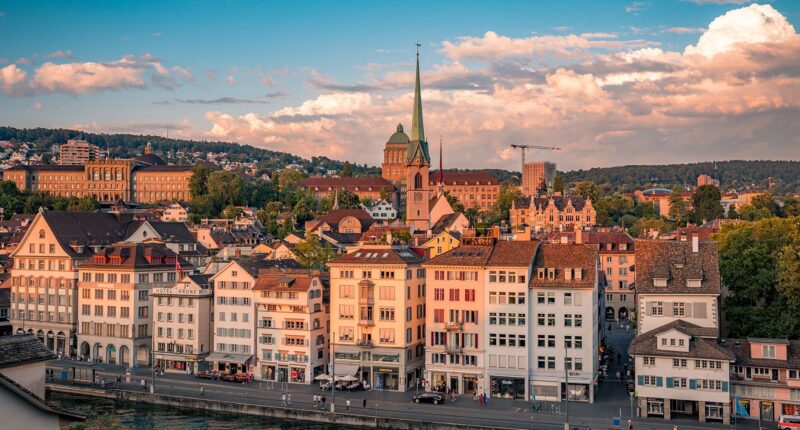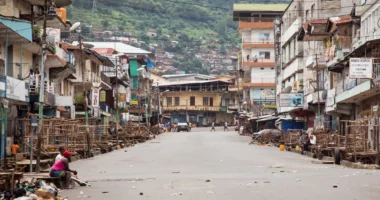The relentless surge in the global cost of living is showing no signs of abating, especially for residents of major cities. The recently released Worldwide Cost of Living Index by the Economist Intelligence Unit (EIU) paints a vivid picture of the financial strain felt worldwide, with a notable impact on metropolitan areas.
The index reveals a 7.4% increase in the average cost of living this year, a tad lower than the 8.1% recorded in 2022 but significantly higher than historical norms. The primary culprit behind this surge is the rapid escalation in grocery prices.
A glimmer of relief comes in the form of utility prices, the category that experienced the most rapid inflation last year. This time, however, utility costs exhibited the least amount of inflation. Supply chain challenges, a significant factor in the previous year’s price hikes, have somewhat subsided since China lifted its Covid-19 restrictions in late 2022.
While inflation is anticipated to decelerate in 2024 due to the impact of interest rate increases, concerns linger. Upasana Dutt, Head of Worldwide Cost of Living at EIU, warns of potential risks from armed conflicts and extreme weather events that could further disrupt the delicate balance.
The Impact on Cities
The escalating cost of living inevitably translates into some cities becoming more expensive than others. Singapore and Zurich emerged as the world’s most expensive cities, with Zurich making a noteworthy leap from sixth place in the previous year. The strength of the Swiss Franc, coupled with high prices for groceries, household goods, and recreation, contributed to Zurich’s ascent. Singapore, on the other hand, faced the burden of expensive transport and clothing.
Contrary to the previous year, New York slipped to third place, tying with Geneva, where prices increased by 1.9%. Hong Kong secured the fifth spot, Los Angeles came in sixth, and Paris claimed the seventh spot on the list.
Tel Aviv, Israel, and Copenhagen, Denmark, shared the eighth position, while San Francisco rounded out the top 10. Notably, three U.S. cities featured in the top tier.
Regional Trends and Shifts
Russian cities, Moscow and St. Petersburg, witnessed significant drops in the rankings, falling 105 and 74 places, respectively. The devaluation of the ruble following Russia’s invasion of Ukraine in February 2022 played a pivotal role.
Chinese cities, including Beijing, also experienced declines in the rankings due to a slow post-pandemic recovery and subdued consumer demand.
The survey highlighted that Damascus, Syria, remains the world’s least expensive city. Tehran, Iran, and Tripoli, Libya, also secured places near the bottom of the list.
Regional Disparities in Costs
Utility, domestic help, and tobacco costs soared in U.S. cities, while Western European cities proved to be some of the priciest concerning recreation, transport, and household goods. Asian cities led in the categories of groceries and alcohol, showcasing diverse regional trends in living expenses.
The survey, encompassing 173 major cities and comparing over 400 individual prices across 200 products and services, excluded Caracas, Venezuela, where prices skyrocketed by 450% since 2022.
In summary, the 2023 Worldwide Cost of Living Index offers a comprehensive overview of the financial landscape, illustrating the varying degrees of economic strain experienced by residents in cities across the globe.





